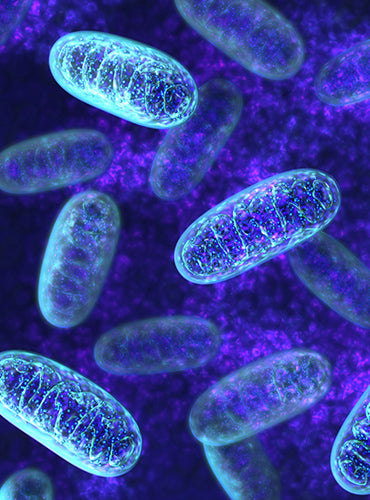Light therapy as a treatment method can be traced back to the end of the 19th century and the beginning of the 20th century.
A Danish researcher named Niels Ryberg Finsen (Niels Ryberg Finsen) discovered that light can stimulate immune defenses and can effectively prevent infection. . Light therapy is divided into solar therapy (natural sunlight therapy) and light therapy (artificial light therapy).
At the end of the 19th century, people discovered that phototherapy can be an effective means to treat certain diseases, especially those related to bones, joints and skin, because prolonged exposure to sunlight can kill the bacteria that cause this disease. Children suffering from diseases are often sent to special treatment facilities, and then the staff encourages them to often be outdoors and receive sunlight. Most of these children come from dirty and dark urban slums. Exposing their skin to the sun will increase their vitamin D. Level, helps them fight disease, and more importantly, it does not require too much cost.
Since natural sunlight therapy is limited by sunlight and the venue, artificial light therapy is gradually accepted by the public as an effective treatment method, and many hospitals and institutions provide phototherapy services. The Finsen lamp was invented by the Danish Faroe Islands doctor Niels Lubéry Finsen. The Finsen lamp is also called an ultraviolet light. It can be treated in any season and anywhere, and its light can be concentrated on the patient's body. The most affected area. It successfully treated lupus, skin diseases, etc., for which Finsen won the Nobel Prize in 1903.
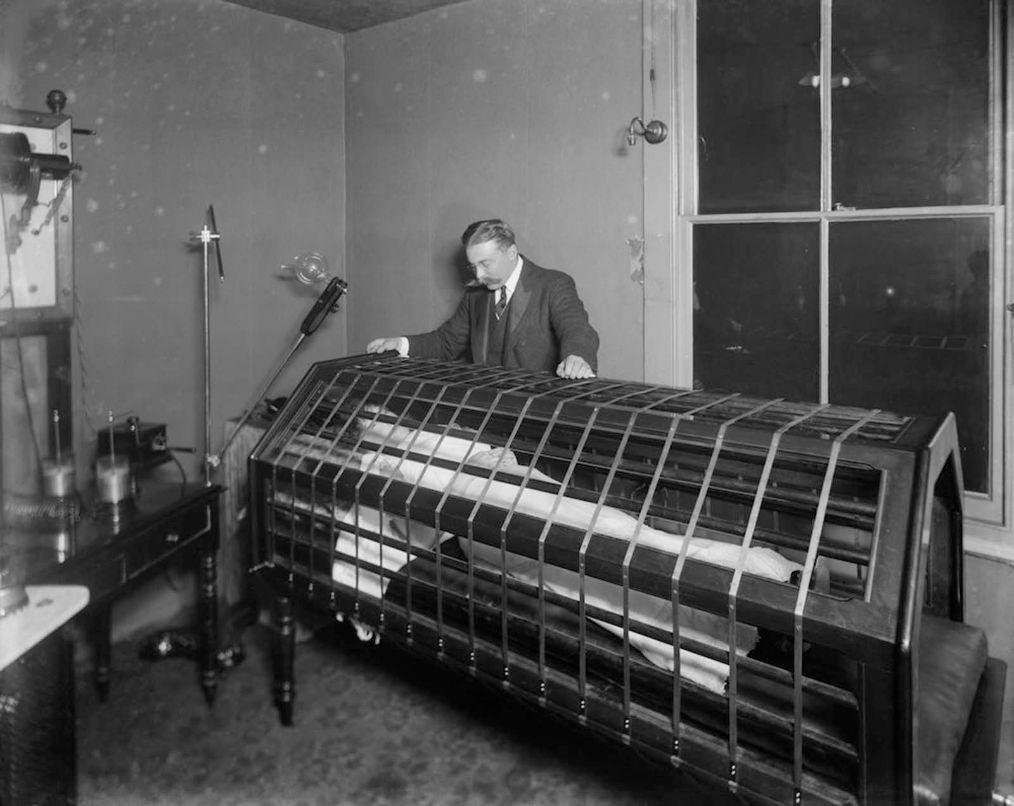
In 1950, a woman took an electric bath at the School of Light Nursing, a device that generates heat through electricity.
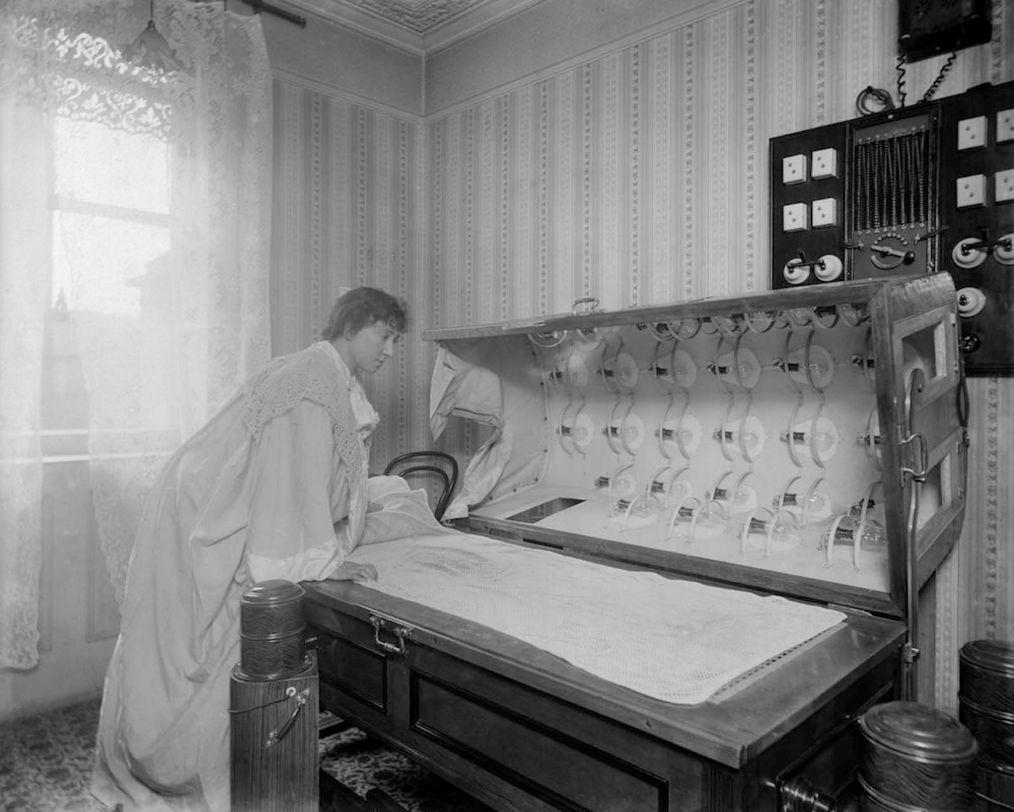
In 1900, a woman inspected the light bulb device of the electric bath at the Institute of Light Care to see if it was working. These light bulbs were ordinary light bulbs.
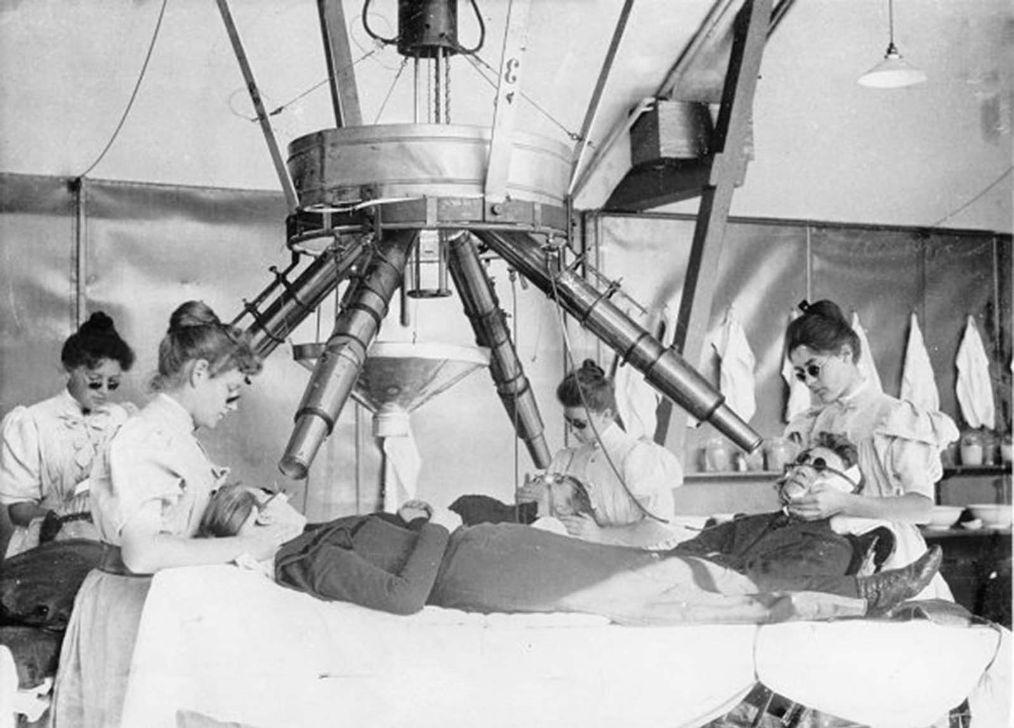
In the health phototherapy of the Finsen Institute in Copenhagen, Denmark, the patients wear glasses and only focus on a certain part.
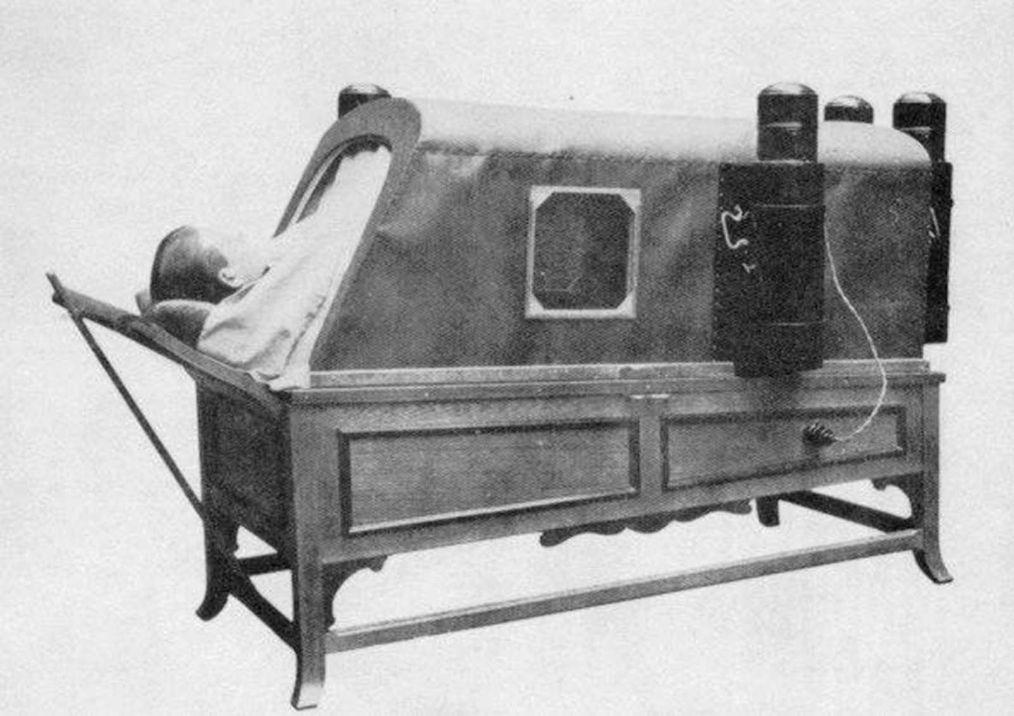
Phototherapy equipment used on the Titanic in 1912
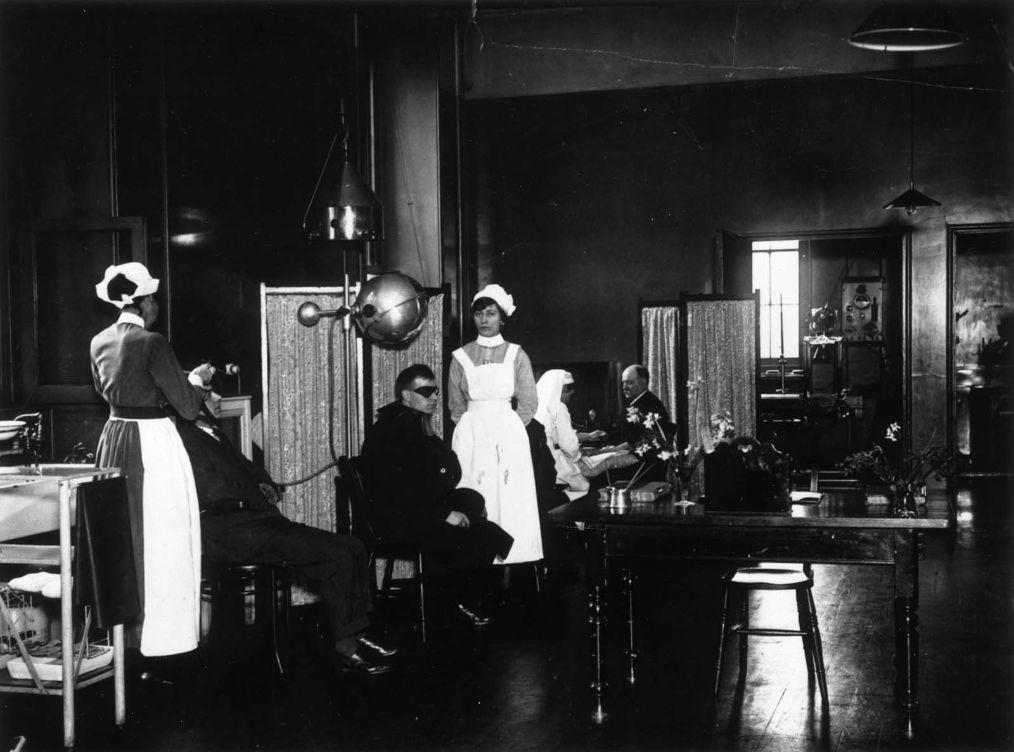
In 1921, a patient was treated in the electrical department of St. George's Hospital in Hyde Park Corner, London.
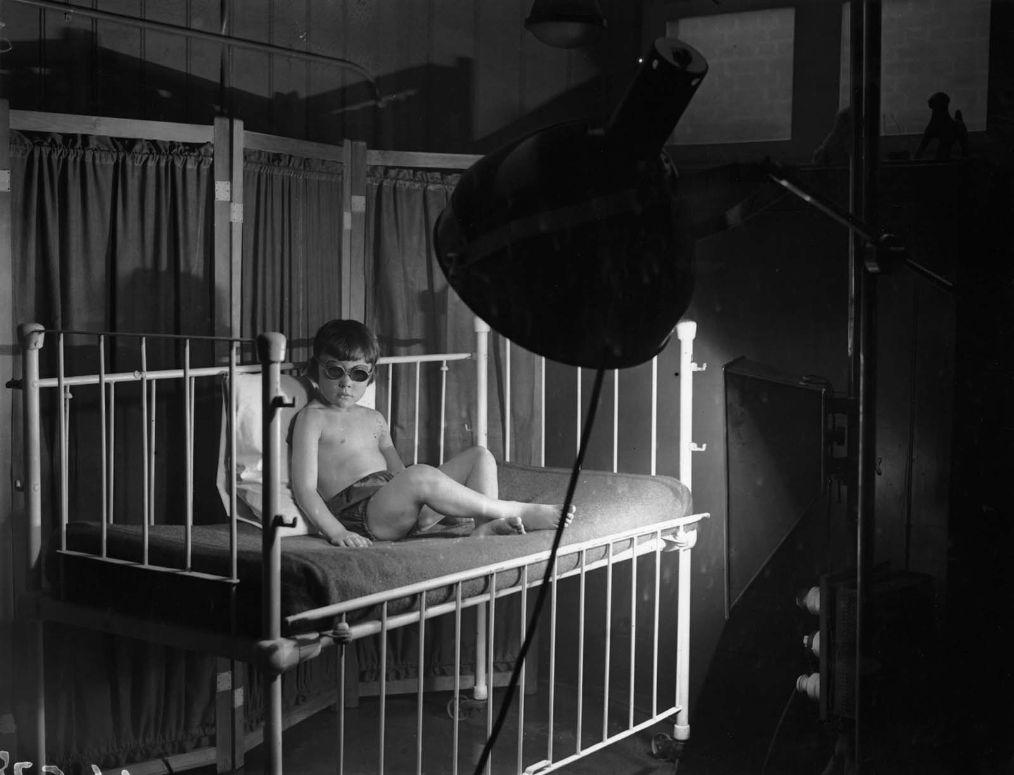
The child undergoing treatment under artificial fluorescent lamps, he only wears shorts and glasses, and undergoes a comprehensive phototherapy
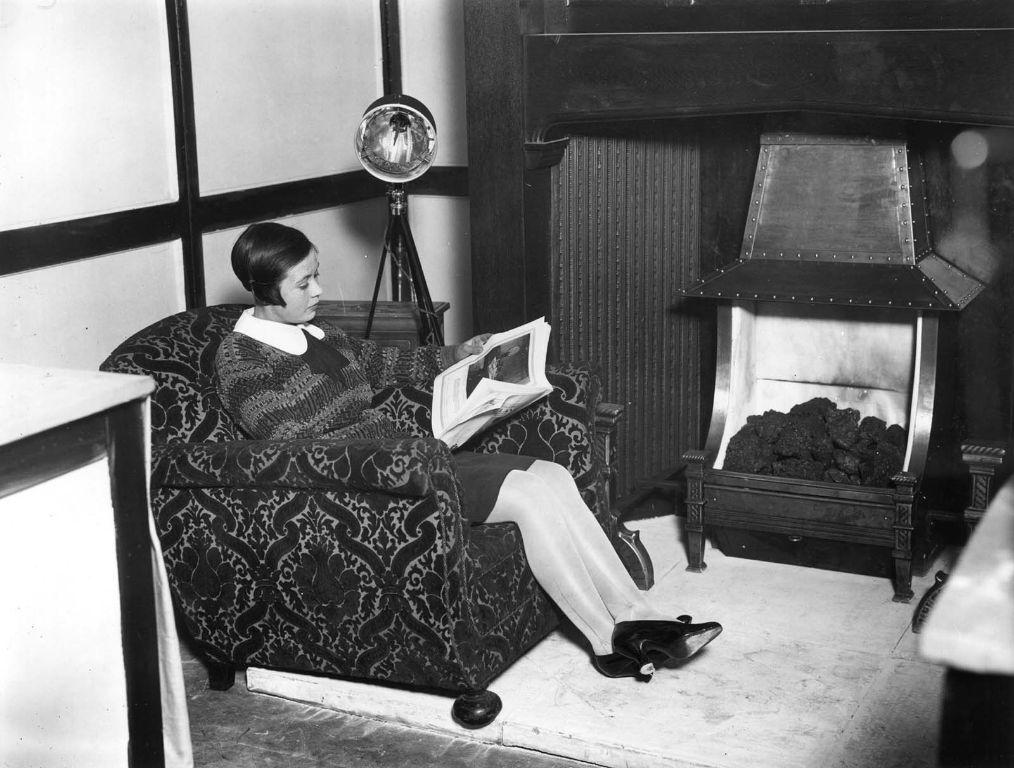
In 1927, at the first international medical exhibition held in Westminster Central Hall, a model demonstrated how to use light bath equipment gracefully.
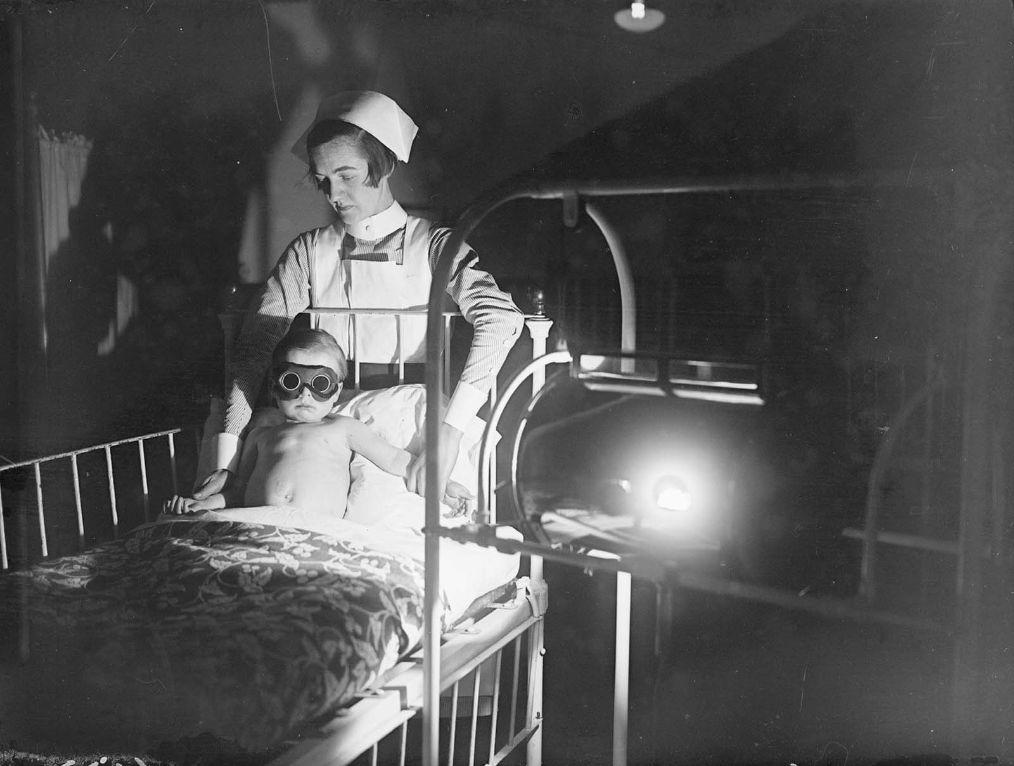
In 1928, a child wearing goggles received sunlight treatment at Chelsea Children's Hospital.
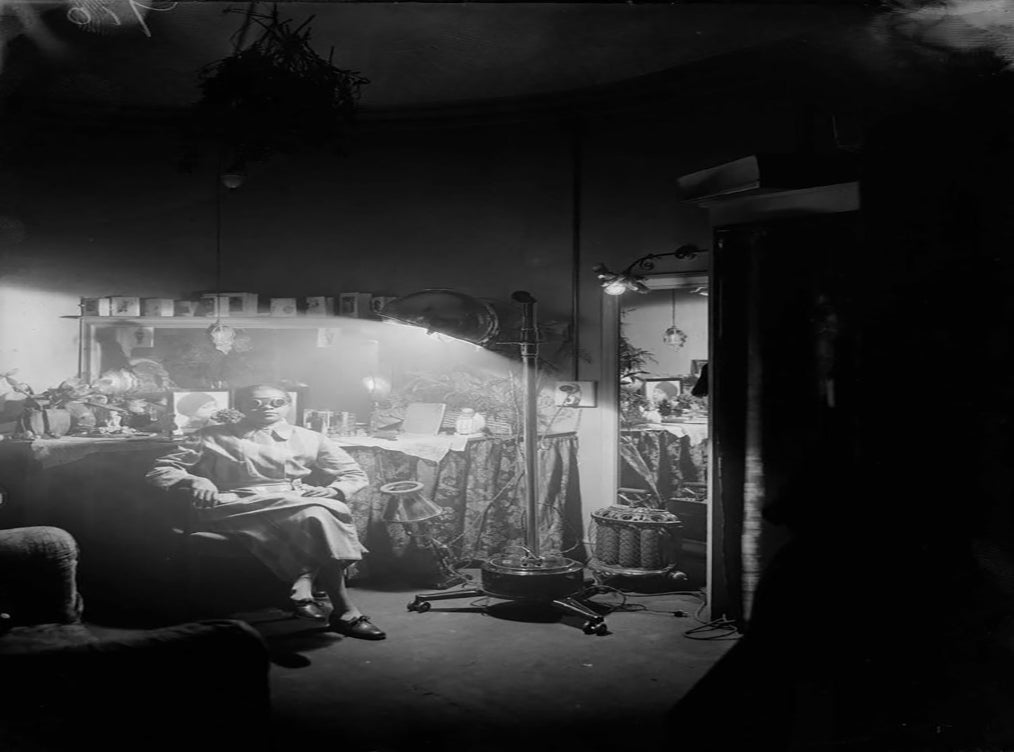
In 1925, American comedian Florence Mills received artificial light therapy in the locker room.
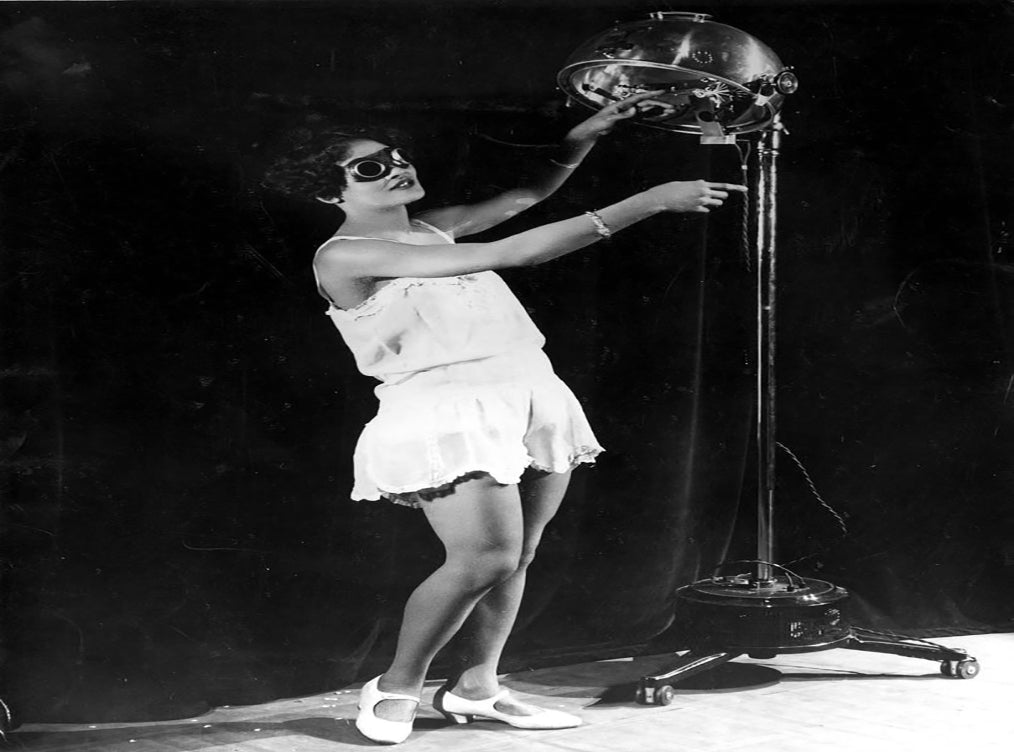
In 1929, 23-year-old Alma Smith was the "smartest soul" in the "Blackbird" crew of the London Pavilion. She was exposed to ultraviolet rays on a solar machine every day.
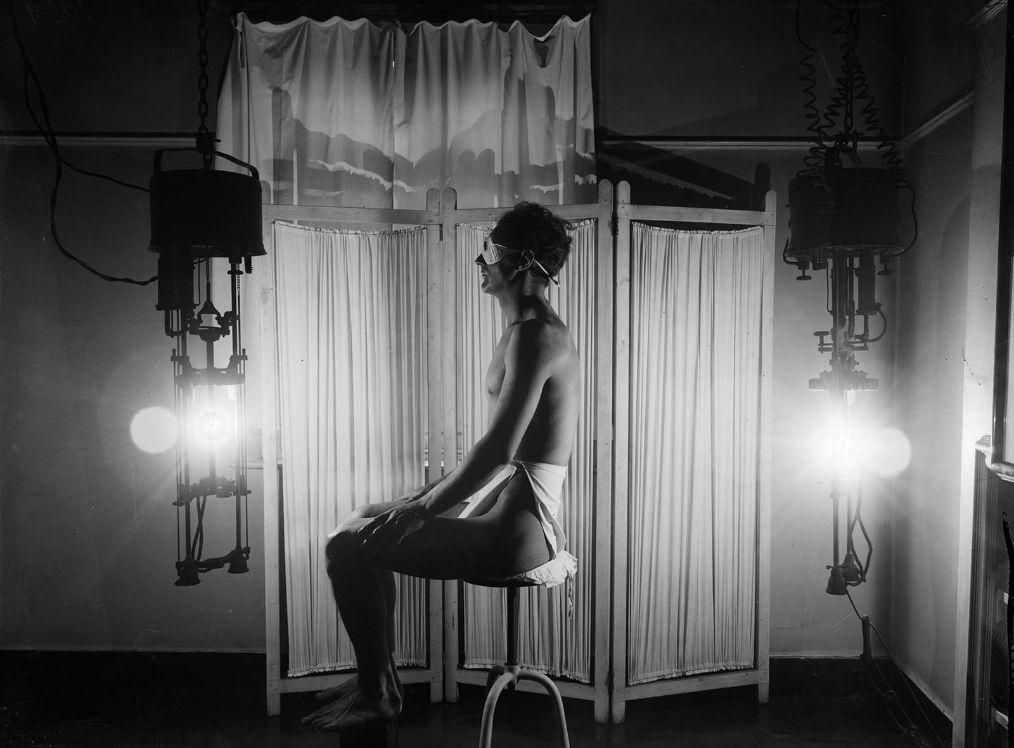
Men only wear a towel and black goggles and can enjoy the benefits of phototherapy while sitting on the seat.
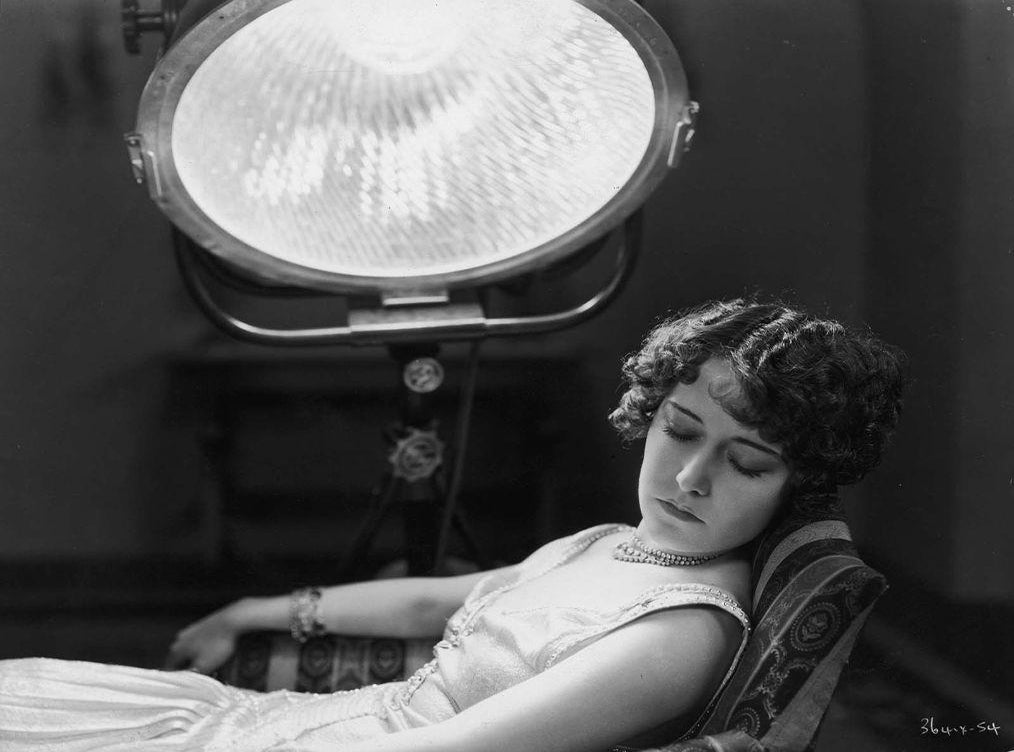
In 1930, Hollywood movie star Dorothy Sebastian (1903-1957) was using sun lamps to treat bronchial congestion at the MGM studio.
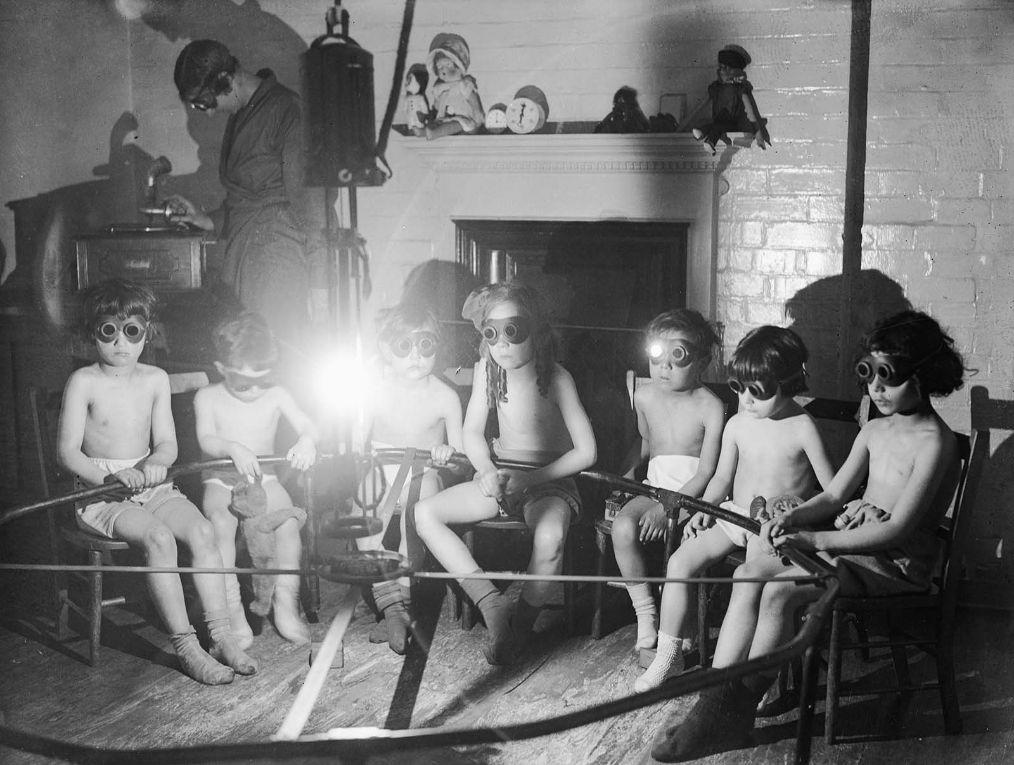
In 1931, children dressed in Dragon Boat Festival, wearing goggles, sitting beside an ultraviolet lamp for treatment, while listening to the gramophone of the mission at the east end of London's Commercial Road.
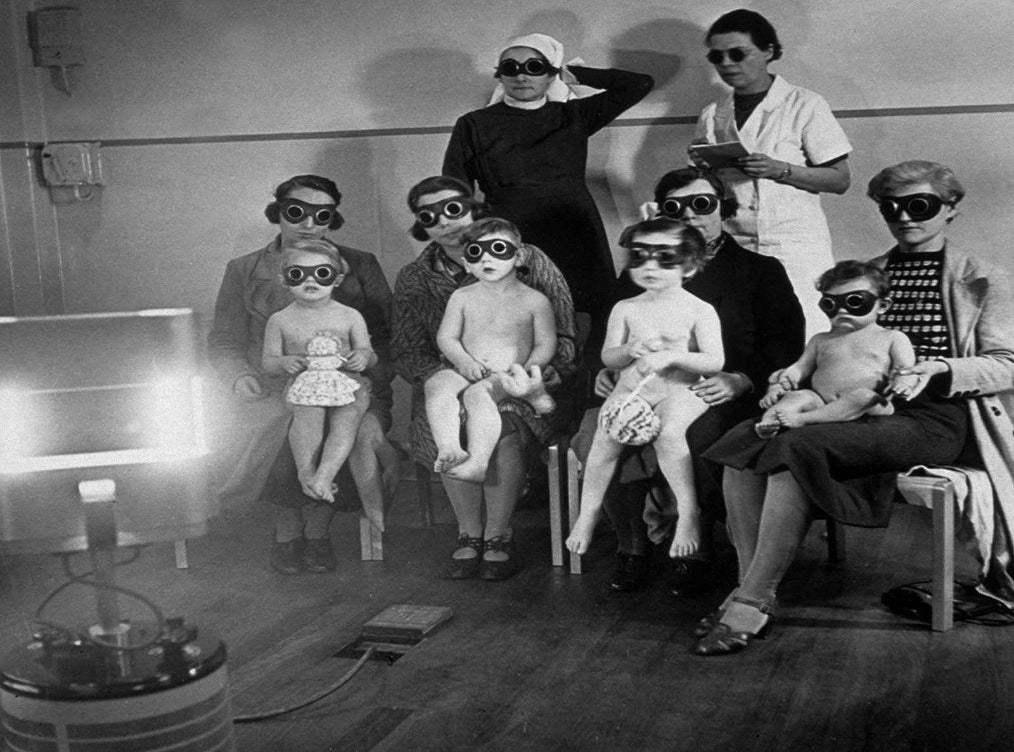
In 1938, a child receiving radiotherapy at the Harlow Road Child Welfare Centre in West London.
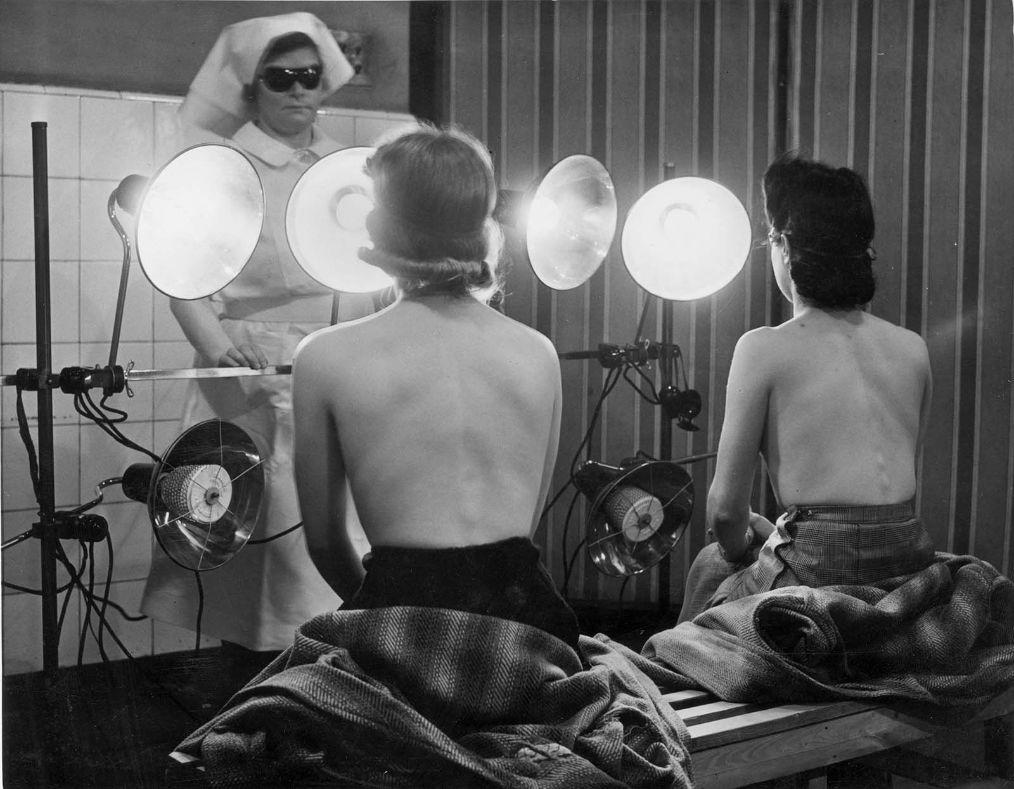
In 1942, children from Bermondsey, London, played in the artificial sunlight in the solarium, where a sun lamp provided "sunlight".
Although phototherapy has a significant effect on the treatment of many diseases, modern people are more cautious when using phototherapy. Excessive exposure to ultraviolet light for a long time can cause melanoma and other skin cancers. Therefore, the current treatment has strict intensity and time. The occurrence of other diseases.

